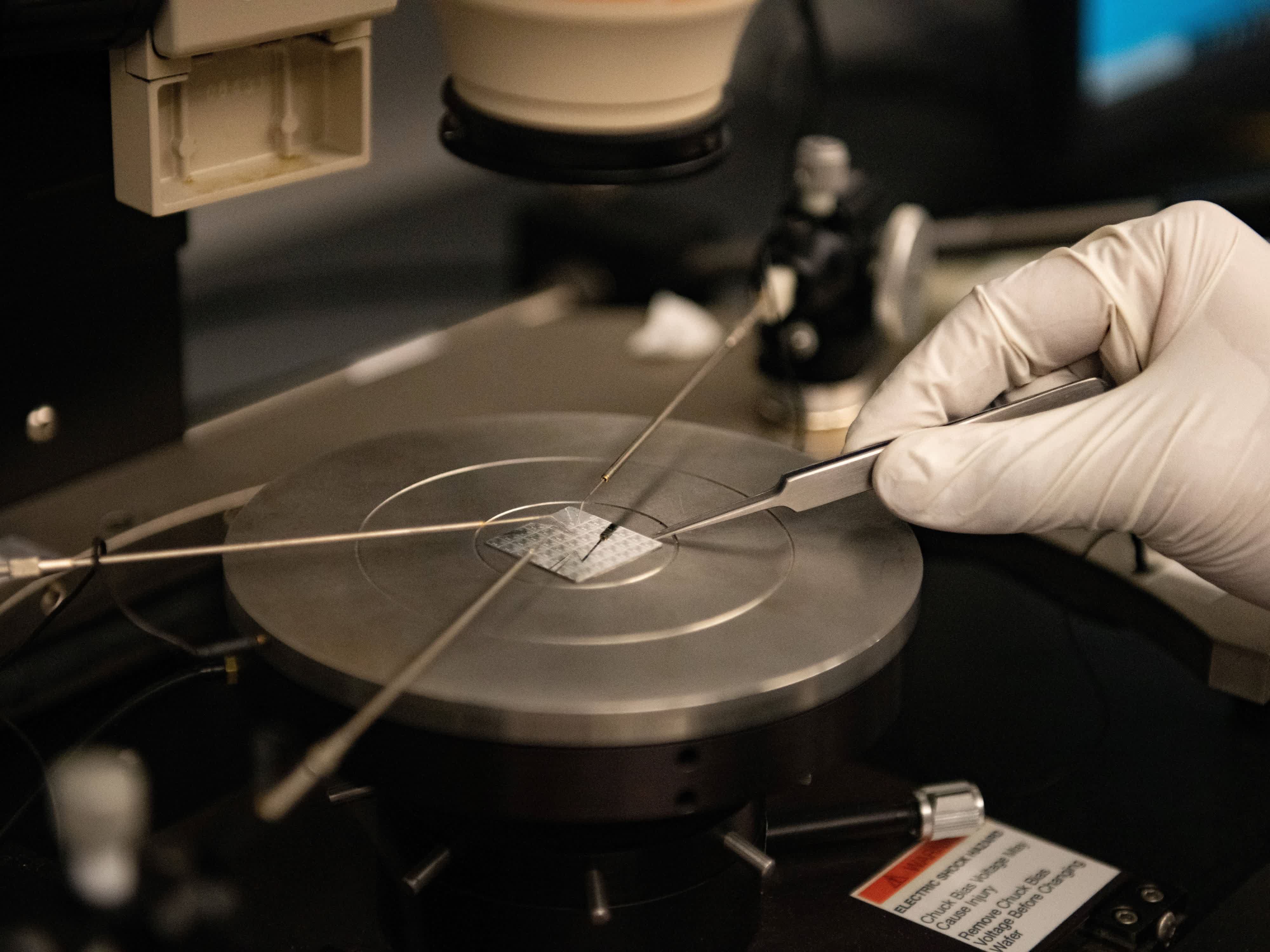Why it matters: Data centers are hot, both figuratively and literally. As we feed more and more data and processing demands into these server farms, keeping them from overheating is becoming an increasingly expensive and energy-intensive challenge. But researchers at the University of Texas may have a cool solution – a new thermal interface material that can whisk heat away from processors better than the likes of Thermalright and Thermal Grizzly.
Thanks to a mechanochemically engineered combination of the liquid metal alloy Galinstan and ceramic aluminum nitride, this thermal interface material, or TIM, outperformed the best commercial liquid metal cooling products by a staggering 56-72% in lab tests. It allowed dissipation of up to 2,760 watts of heat from just a 16 square centimeter area.
The material pulls this off by bridging the gap between the theoretical heat transfer limits of these materials and what's achieved in real products. Through mechanochemistry, the liquid metal and ceramic ingredients are mixed in an extremely controlled way, creating gradient interfaces that heat can flow across much more easily.
"Cooling accounts for about 40% of data center energy usage, or 8 terawatt-hours annually."
Beyond just being better at cooling, the researchers claim that the higher performance reduces the energy needed to run cooling pumps and fans by up to 65%. It also unlocks the ability to cram more heat-generating processors into the same space without overheating issues.

It's an important breakthrough in a world where data centers burn through around 8 terawatt-hours per year just on cooling, which is about 40% of their total energy usage. The UT Austin researchers estimate that their new TIM could reduce cooling energy needs by 13% across the industry, cutting overall data center energy usage by at least 5%. That should translate to a gigantic reduction in operating costs and carbon emissions.
As for how you can get your hands on the material: it's yet to make it out of the labs. The UT team has so far only tested it successfully at small scales but is now working on producing larger batches to put through real-world trials with data center partners.
Of course, that means even if it lives up to the hype, you'll probably see this liquid metal thermal grease keeping huge server farms frosty before it ever hits the shelves for you to slather on your home PC's Intel or AMD processor.
"The power consumption of cooling infrastructure for energy-intensive data centers and other large electronic systems is skyrocketing," said Guihua Yu, professor in the Cockrell School of Engineering's Walker Department of Mechanical Engineering and Texas Materials Institute. "That trend isn't dissipating anytime soon, so it's critical to develop new ways, like the material we've created."
More details about this new magic material can be found in the paper published in Nature Nanotechnology.
Masthead credit: Cockrell School of Engineering
